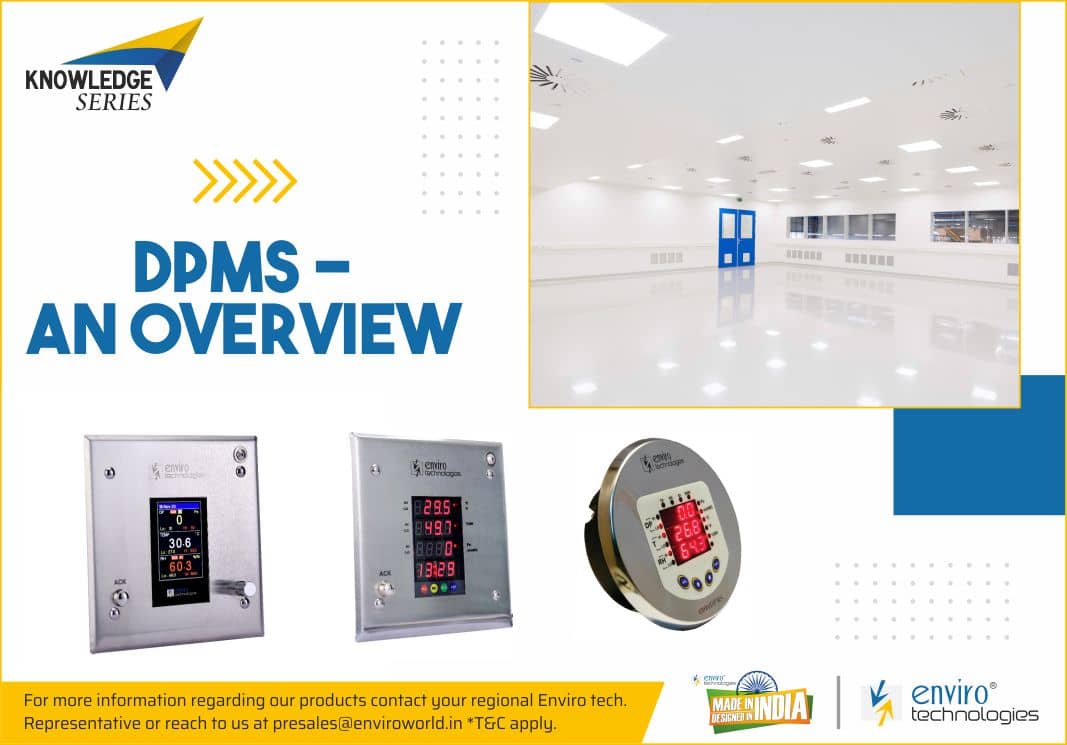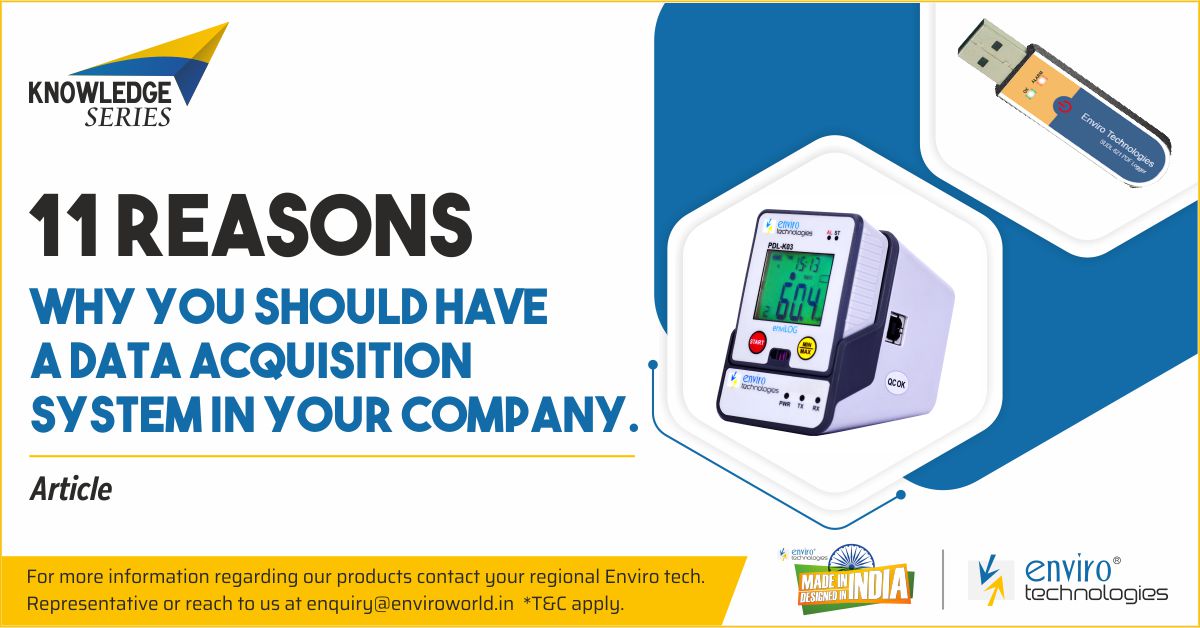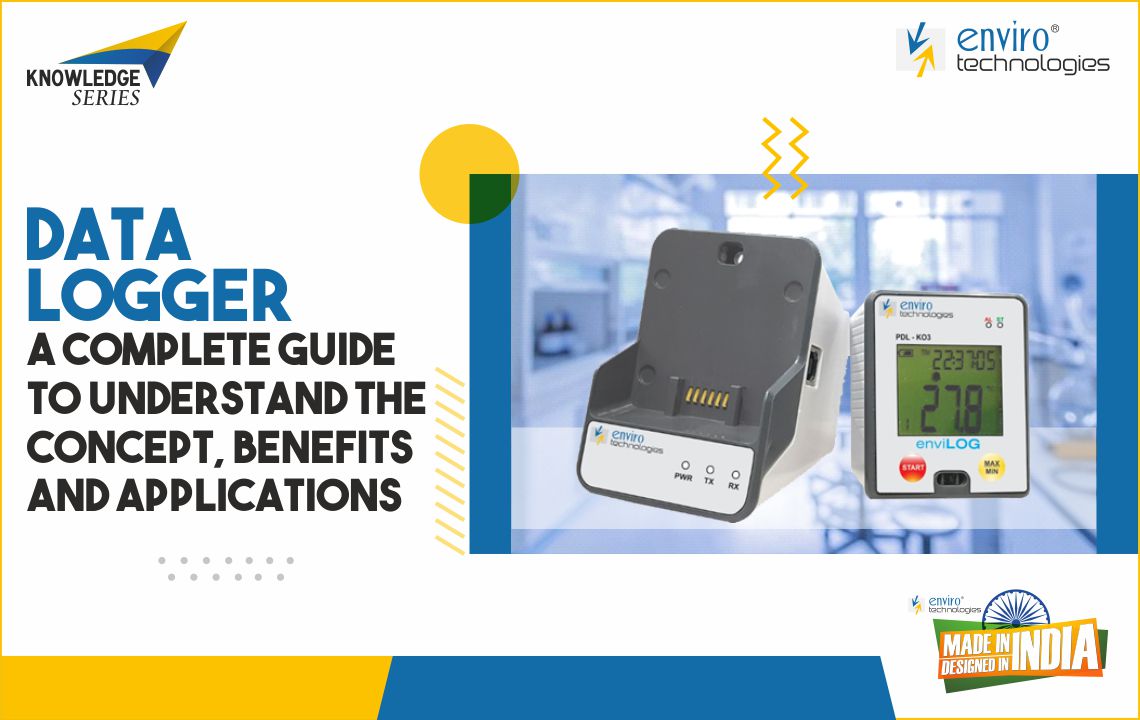- DAQs: The Complete Guide to Data Acquisition Systems
- What is a DAQ?
- What are the benefits of a DAQ?
- What are the types of DAQ?
- What are the factors affecting the Measurement Accuracy?
- What are the applications of a DAQ?
DAQs: The Complete Guide to Data Acquisition Systems
In the world ruled by the internet, one can’t miss out working without Data Acquisitions Systems or DAQ if you want to sound more like a professional. A DAQ is something to use to record the data in a way that it can be retrieved for further observations on other devices. With devices and systems becoming more complex day by day, a DAQ scores on keeping a record either with a single device or multiple devices at the same time. Now let us look into learning something more
What is a DAQ?
The definition of a DAQ in technical terms is “any equipment used to record or document readings or data such a way that it can be stored and retrieved for analyzing later in a computer or device.” The data acquisition just takes in data for the user to convert to some readable medium to be downloaded later to study. This system is widely used in many fields and is known for the accuracy it operates with.
Even though the structure of a DAQ majorly depends on the process it is chosen for, the basic structure has three components namely:
- Transducers
- Signal conditioning and converters
- Computer or display device
Now we know the components, let us see exactly what role does each device perform:
Transducers:
Transducers are important when it comes to a DAQ. These transducers have sensors that take in the incoming signals. These captured signals are then converted to a format attuned to the device for further process. Most of the captured signals are converted to electrical signals to be passed on the signal conditioning. For example, in case of photovoltaic signals, the sensors pick the light signals which then are converted to recordable electrical signals to make it easier for the user to study and observe.
Signal conditioning and convertors:
After the signals are converted, they carry a lot of unwanted noise and are too weak to me a measurable quantity. This noise is taken care of by the signal conditioners by eliminating them and the signals are then amplified. The process of optimizing signals is termed as signal conditioning.
Many other processes like calibrations, linearizing is also done depending upon the requirements of the same.
Post noise removal and amplified, these signals are passed on to converters and multiplexers to be evaluated in the computer. Converters and multiplexers here play the role of a bridge between the signal conditioners and the computer to maintain communication among the devices.
Computer:
These converted signals are then gathered in the computer to have high order computations performed and observations to be made. This is where the recorded data is collected and saved and converted to tabulations or charts or graphs depending upon the need to be studied time to time. The computer has the required software like application and driver software to help out the processes and observations.
What are the benefits of a DAQ?
Now that we got the technical part sorted, let’s look into the amazing benefits a DAQ has to offer:
- Cost effective – whenever it comes to using a device, every user wishes to know how much cost effective the machine is. A DAQ only expects a user to invest like buying one in the first place and in return it saves most of the cost. The cost of data entry, storage and retrieval of the data becomes so easy and need no dependence on other mediums for storage.
- Reducing data redundancy – while it becomes easy to collect and maintain data, the manual intervention is less required and this results in less errors. One can just sit back and rely on accurate collection of data without missing a beat.
- Highly versatile – right from handling single processes to handling data from many devices, a DAQ can work with handling easy as well as complex processes like recording multiple processes at the same time with certain tweaks in the system.
- High compatibility – with computers and laptops used more in the work front, a DAQ can either work as a stand-alone device with in-built software and hardware interface that can transfer with a simple USB or use cloud based technology accessible to many computers at the same time.
- Saves time – with systems inside, a DAQ saves a lot of time by making supervising easier. This way analyzing the issues and problems also becomes easier and tackling them doesn’t break the user a sweat.
What are the types of DAQ?
The types of DAQs are as follows:
- Analog DAQ
- Digital DAQ
Analog DAQ:
The analog DAQ is a type of a system that takes in digital signals and records the data. The basic components of an analog DAQ are as follows:
- Transducer for capturing signals and converting to suitable mediums for the device.
- Signal conditioner for getting rid of noise and ripples and amplifying them.
- A/D converters to convert analog or digital signal depending upon the process
- Display device to showcase the results.
- Graphic recording and magnetic tape instruments for further evaluations.
Digital DAQ:
The digital DAQ is a type of system which takes in analog signals and operates with converted digital signals. The basic components of a digital DAQ are as follows:
- Transducer which takes in analog signals and converts them to suitable medium for the device for example to electric signals
- Signal conditioners to eliminate noise and amplify the weak signals.
- Multiplexers for channelling single signals to many different mediums
- A/D converters for converting to suitable outputs for the device.
- Display device for showing the results and to decide the next step to be taken.
What are the factors affecting the Measurement Accuracy?
A DAQ has a bit of factors that pull its measurement accuracy down to a significant level. Let’s look into these factors one by one:
- Power source – the source from where the DAQ works is a huge factor when it comes to the accuracy because no machine works till the end of the time. It widely depends upon the type of source used like solar or battery or direct line. While using a DAQ with multi mode operations, power source is one of the prime factors affecting the accuracy.
- Time of running – the time interval set for the DAQ is also a factor which makes sure the device works smoothly without any major interruption. But if the processors run out, the whole data hold a risk of getting compromised or getting lost totally. So the time interval to work should be decided and regular checking can be done to avoid wearing out of the devices.
- Input channels – the sample rates, their respective synchronizations and sample rates are something a user should think about when using an input channel to ensure no data is lost. The type of channels used is also key factors affecting the accuracy measurement of a DAQ.
- Access to the DAQ- while setting up a DAQ, it is advisable to make sure the type of access systems to be used while working, whether it is remotely accessible or not.
- Data transmission – nobody likes buffering be it us streaming a movie or downloading a day’s data into the system, so transmission should be an easy task. The data transmission should make sure of backing up the data in case any compromise happens during communication or data getting lost midway.
- Data processing and retrieval – the type of data a user wants to retrieve, either raw or processed, definitely affects the accuracy levels of a DAQ. Depending upon the needs, using a simple machinery or complex CPU would work well with a DAQ.
What are the applications of a DAQ?
Now that we know how a DAQ works, let us dive into the applications in various industries:
- Measuring temperature – many industries use heavy machineries which obviously need a constant check upon their temperatures to avoid mishaps. This makes sure sudden spikes in temperatures are recorded and necessary steps can be taken.
- Plasma processing – when it comes to plasma processing, a DAQ is used to check the various parameters like temperature, light intensity for discharging plasma when it comes to many applications like manufacturing sunglasses and LCD screens.
- Monitoring sound levels – when it comes to monitoring sound levels at simple structures like buildings or microphones for that matter, a DAQ can be used to maintain levels or simply save sounds recording in the form of electric signals to offer a playback.
- Accelerometers in cars – recording acceleration levels in a car by analyzing analog input to measure various results over the period of time is something a DAQ is widely used for.
- RPM in drill machines – a DAQ is widely used in recording RPM measurements for a drill to see the various speed levels in a drill machine using a specific type of sensor called a hall effect sensor.
Conclusion
Whether it is a small process like a drill machine or a complex one, a DAQ can mould itself according to any process a user wishes to, and all this without much fancy expenses to fret upon. A DAQ saves time and money and doesn’t get wildly affected by factors and even if it does, there are many ways to nip these to the bud. A DAQ has been widely used since the ages of time for it provided spot on accurate data and with time it has been compatible with complex technology used over time.





















